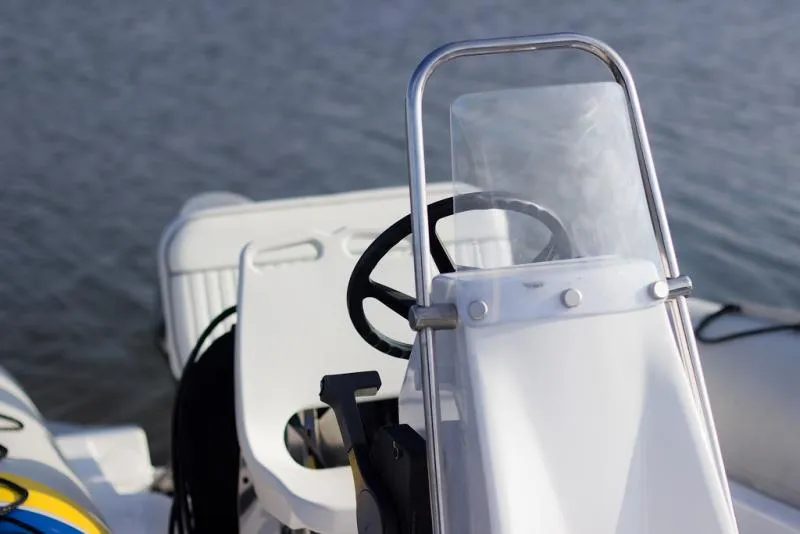How to Properly Replace Gearbox Oil in a PVC Boat Motor

The main reason for changing the lubricant in a motor's gearbox is to protect its components from excessive friction, which leads to accelerated wear of the entire mechanism. Many boat owners — even those with some experience — often turn to specialized workshops for this task.
In reality, it's not very complicated, so in this article, we’ll walk you through how to properly replace the gearbox oil yourself and avoid unnecessary expenses.
How Often Should You Replace It?
Consistency is key here — the longevity of the mechanism depends greatly on how frequently you change the oil. Ideally, the interval should be every 100 hours of motor operation, which translates to roughly once per season for average usage. Don’t forget to replace the oil after breaking in a new engine, as tiny metal shavings form during that initial period.
Choosing the Right Oil
Some boat owners try to cut costs by using regular automotive oil — a serious mistake. Always use transmission oil, which includes anti-corrosion properties vital for equipment constantly exposed to water.
Step-by-Step Oil Replacement
Here’s a simplified breakdown of the process:
- Prepare a suitable container and unscrew the lower drain plug to release the used oil from your PVC boat’s motor.
- Open the upper plug to allow smooth drainage — this will take about 10 minutes. Never clean the gearbox with gasoline, as it can damage the equipment.
- Insert a funnel into the drain hole and pour in fresh oil. If more volume is needed, use a pump designed for the task.
- Monitor the upper inspection port to ensure the gearbox is filled properly — the oil should flow out in a steady stream without air bubbles.
To ensure your motor and other essential water gear serve you reliably for years, take good care of them — and choose high-quality products from reputable brands.
